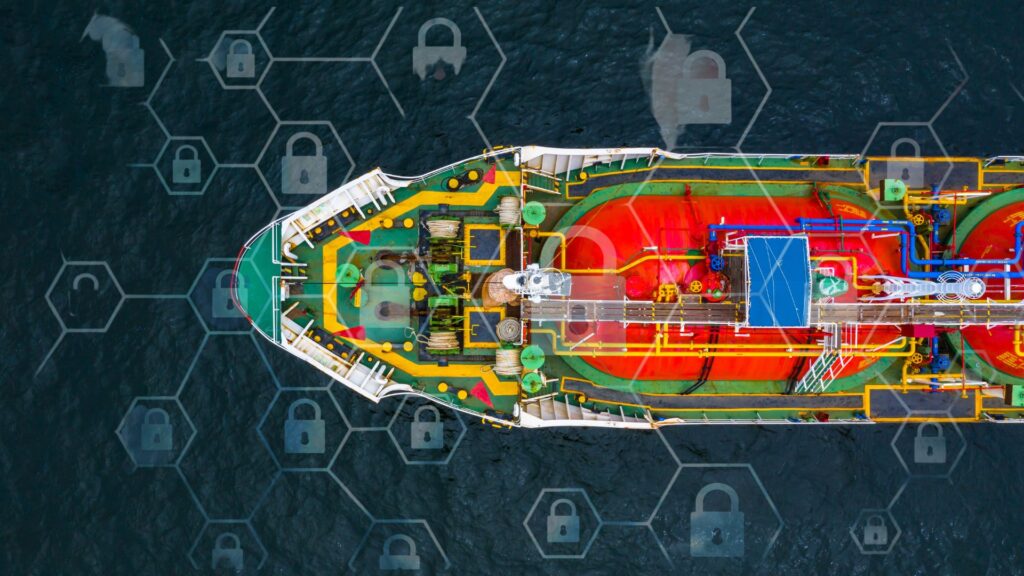Ensuring robust cybersecurity at sea is not just a matter of compliance but also a necessity to protect vessels, crew, and sensitive cargo.
In today’s interconnected world, the maritime industry is more reliant on technology than ever before. Ships and vessels now rely on digital systems for navigation, communication, and various operational functions. While this technological advancement has improved efficiency, it has also exposed the maritime sector to cyber threats.
Complexity of Systems
Modern vessels are equipped with a multitude of interconnected systems, including navigation, propulsion, communication, and cargo management. Each system is potentially vulnerable to cyberattacks, making the entire vessel susceptible if one component is compromised.
Lack of Awareness
Many crew members and maritime professionals may not be fully aware of the cybersecurity risks they face or the best practices to mitigate them. This lack of awareness can lead to unintentional security breaches.
Long Deployment Periods
Vessels often spend extended periods at sea, isolated from onshore support. This isolation can hinder timely responses to cyber incidents and exacerbate their impact.
Inadequate Regulations
While regulatory bodies have started to address maritime cybersecurity, regulations can vary between countries and may not be comprehensive enough to cover emerging threats adequately.

Strategies for Enhancing Cybersecurity at Sea
Crew Training and Awareness
Education is the first line of defense. Crew members and maritime professionals should receive training on cybersecurity best practices. This includes recognizing phishing attempts, avoiding suspicious downloads, and understanding the importance of strong password management.
Access Control and Authentication
Implement strict access controls to limit who can access critical ship systems. Use strong authentication methods, such as biometrics or multi-factor authentication (MFA), to ensure that only authorized personnel can access sensitive data and systems.
Regular Security Audits
Conduct regular security audits and vulnerability assessments of all ship systems. Identify and address weaknesses and potential vulnerabilities proactively.
Secure Communication
Encrypt all communication between vessels and onshore facilities to prevent eavesdropping and data interception. Implement virtual private networks (VPNs) for secure data transfer.

Incident Response Plan
Develop a comprehensive incident response plan that outlines the steps to take in the event of a cyberattack. This plan should include procedures for isolating affected systems, notifying relevant authorities, and restoring normal operations.
Regulatory Compliance
Stay informed about and adhere to maritime cybersecurity regulations. Work with industry associations and regulatory bodies to help shape effective cybersecurity standards.
Get the Right Team
Enhancing cybersecurity at sea is essential to protect the maritime industry from evolving cyber threats. The team at Vivo Asia has over 10 years of experience and is well-versed in industry regulations for cybersecurity at sea.


